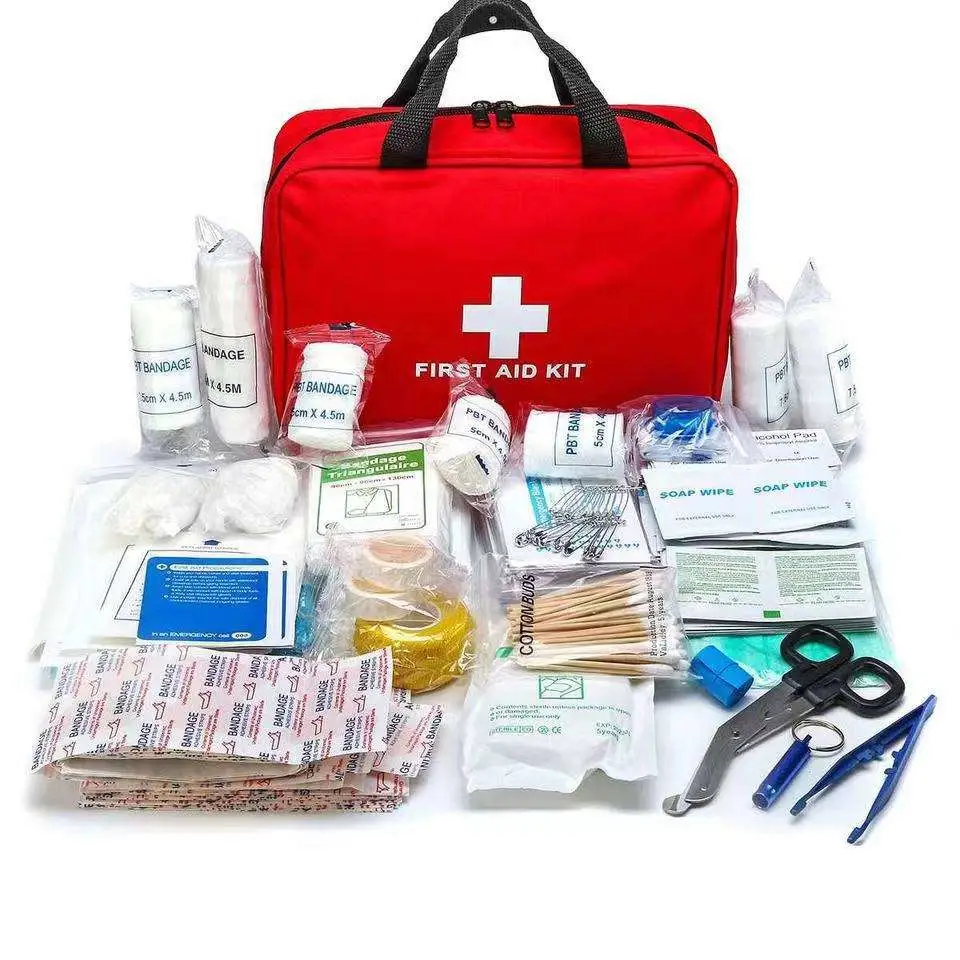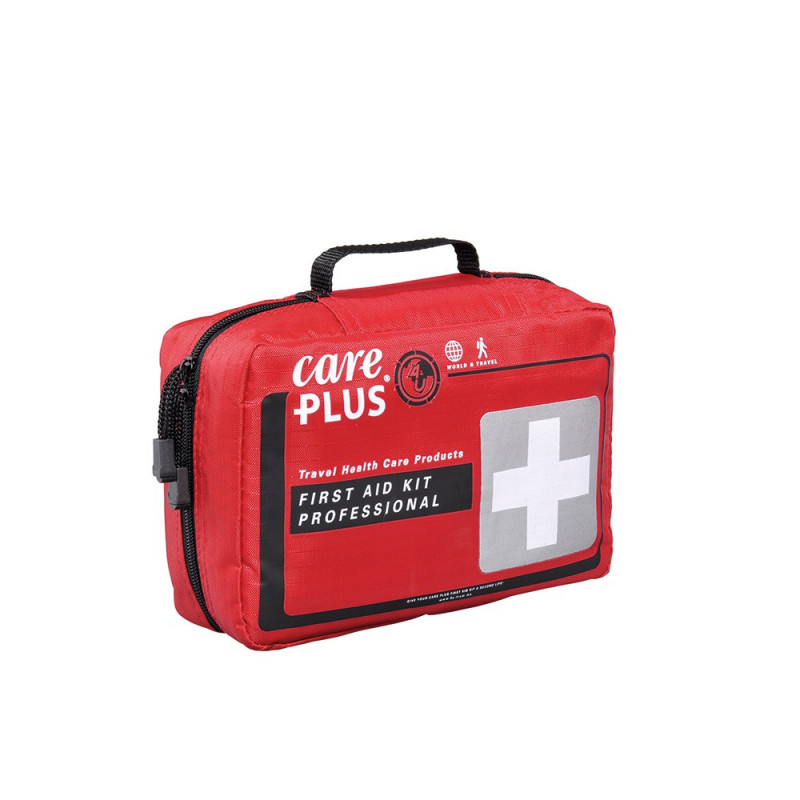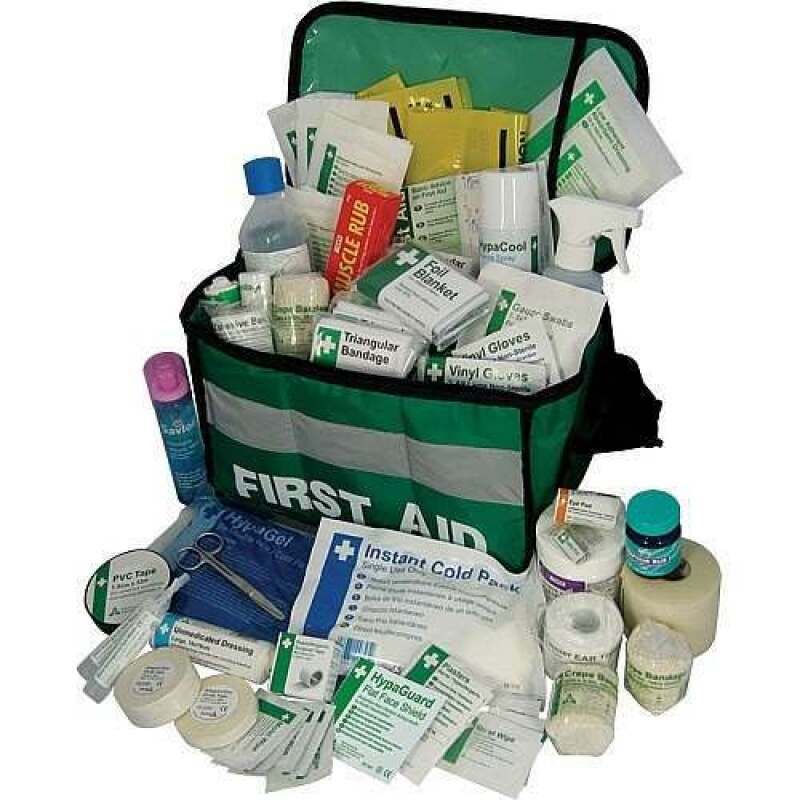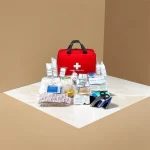I. Introduction to Pocket First Aid Kits
A. Importance of a portable first aid kit
Having a pocket first aid kit is crucial for anyone who wants to be prepared for unexpected emergencies. A well-stocked first aid kit can help stop bleeding, prevent infection, and provide essential care until professional help is available.
B. Overview of the compact and versatile nature of a pocket first aid kit
One of the key advantages of a pocket first aid kit is its compact and versatile nature. A pocket-sized first aid kit can easily fit in a purse, backpack, or glove compartment, making it convenient to carry wherever you go. Despite its small size, a well-designed pocket first aid kit can contain a variety of essential items to address common injuries and medical emergencies.
II. Essential Items for a Pocket First Aid Kit
A. Bandages and wound dressings
- Variety of adhesive bandages
Adhesive bandages, commonly known as Band-Aids, are a must-have in any first aid kit. They are ideal for covering small cuts, scrapes, and blisters to protect the wound and promote healing. Including a variety of adhesive bandages in different sizes can ensure that you have the right bandage for any minor injury. - Sterile gauze pads
Sterile gauze pads are essential for covering larger wounds or burns that may require more extensive dressing. They provide a clean and absorbent surface to help control bleeding and protect the injury from contamination. Including sterile gauze pads in various sizes can ensure that you have the appropriate wound dressing for different types of injuries.
B. Antiseptic wipes and ointments
- Alcohol wipes
Alcohol wipes are an essential item for disinfecting the skin before applying a bandage or dressing. They are effective for cleaning the area around a wound to reduce the risk of infection. Including alcohol wipes in a pocket first aid kit can help ensure that you have a sterile surface for treating minor injuries. - Antiseptic ointment (e.g., antibiotic cream)
Antiseptic ointments, such as antibiotic cream, are valuable for preventing infection in minor cuts, scrapes, and burns. Applying a thin layer of antiseptic ointment to a clean wound can help promote healing and reduce the risk of bacterial contamination. Including a small tube of antiseptic ointment in a pocket first aid kit can provide added protection for minor injuries.
III. Medications and Tools for First Aid on the Go
A. Pain relievers and fever reducers
- Acetaminophen or ibuprofen
Pain relievers and fever reducers are essential medications to have in your first aid kit. Acetaminophen and ibuprofen are both effective at reducing fevers and alleviating minor aches and pains. These medications can be especially helpful when you’re on the go and may not have immediate access to medical care. Having these medications on hand can provide relief until you can seek proper medical attention.
B. Tweezers and scissors
- Tools for removing splinters or cutting bandages
Tweezers and scissors are handy tools to have in a first aid kit for on-the-go situations. t can be invaluable for removing splinters, which can easily happen when you’re out in nature or working with wood. Having a pair of sharp, sterile scissors on hand is also important for cutting bandages or tape to dress minor wounds. These tools can make it easier to clean and dress wounds, which is crucial for preventing infection and promoting healing.
In addition to these essential medications and tools, it’s also important to have other first aid supplies on hand, such as adhesive bandages, gauze, antiseptic wipes, and adhesive tape. These items can help you address minor injuries and provide temporary relief until you can seek proper medical care.
When putting together a first aid kit for on-the-go use, it’s important to ensure that all medications and tools are properly stored and labeled. Medications should be kept in their original packaging and stored in a cool, dry place to prevent degradation. Tools should clean and sterile to prevent the spread of infection.
It’s also important to regularly check your first aid kit to ensure that all medications are up to date . Over time, medications can expire , so it’s important to regularly assess your first aid supplies.
IV. Specialized Items for Specific Needs
A. Allergy relief
- Antihistamines
Allergy relief can be crucial in a first aid kit, especially for individuals prone to allergic reactions. Antihistamines, such as diphenhydramine, can help alleviate symptoms of allergic reactions, including itching, hives, and minor allergic skin rashes. In the event of an allergic reaction, having antihistamines readily available in a pocket first aid kit can provide immediate relief and help manage allergic symptoms until further medical care is available.
B. Emergency contact information
- Emergency contact card or medical alert information
Including emergency contact information in a pocket first aid kit is essential for ensuring appropriate communication in the event of an emergency. An emergency contact card with essential personal and medical information can provide crucial details to first responders or healthcare professionals. Additionally, individuals with specific medical conditions or allergies may benefit from including medical alert information, such as a bracelet or necklace, to communicate important health information during an emergency.
V. Considerations for Personalization and Use
A. Tailoring the kit for specific activities or environments
One essential aspect of creating a pocket first aid kit is tailoring it to suit specific activities or environments. Different situations may warrant different items in a first aid kit, so it’s important to consider the context in which the kit will be used. For example, a hiker may need additional supplies for treating blisters sustained during outdoor activities. Tailoring the kit for specific activities or environments ensures that individuals are adequately prepared for the potential risks and first aid needs they may encounter.
B. Maintenance and replenishment of supplies
Regular maintenance and replenishment of supplies are crucial for the effectiveness of a pocket first aid kit. Over time, some items may expire or become damaged, reducing their efficacy in addressing first aid needs. It’s important to periodically check the contents of the kit and restock items that have been used or are running low. By maintaining and replenishing supplies, individuals can ensure that their pocket first aid kit remains ready for use whenever it’s needed.
Personalizing a pocket first aid kit to suit specific activities or environments enhances its relevance and effectiveness. By considering the context in which the kit will be used, individuals can include items tailored to their needs, ensuring that they are prepared for potential first aid situations. Additionally, regular maintenance of supplies are essential for keeping the kit up to date. With these considerations in mind, individuals can create a personalized and functional pocket first aid kit that meets their specific first aid needs and provides peace of mind in various situations.
In conclusion, a pocket first aid kit is a valuable resource for anyone who wants to be prepared for emergencies and minor injuries. By including essential items such as bandages, wound dressings, antiseptic wipes, and ointments, a pocket first aid kit can provide the necessary supplies to address common injuries and promote healing. Whether at home, on the go, or enjoying outdoor activities, having a compact and versatile first aid kit can make a significant difference in the outcome of an injury.





